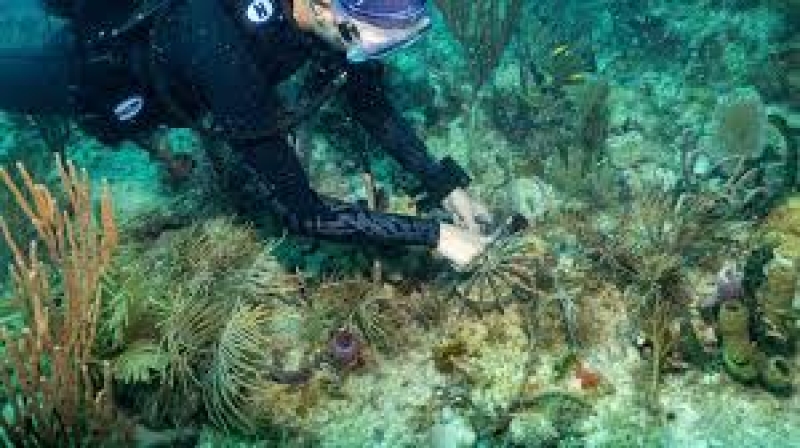- Trump considering military options on Greenland; Europe rejects |
- Fertiliser crunch threatens Kushtia’s onion boom despite high prices |
- Security Council Divided on United States' Venezuela Action |
- Over 1.53m voters register for postal balloting: Shafiqul Alam |
Crossbred Corals Transplanted to Help Miami’s Reefs

A collaboration between the University of Miami, the Florida Aquarium and Tela Coral in Honduras has commenced transplanting crossbred coral fragments onto a reef off Miami’s coast that was devastated by bleaching two years ago.
The initiative aims to enhance reef resilience against rising ocean temperatures driven by global warming. “It marks the culmination of a very long process,” said Andrew Baker, professor of marine biology and ecology at the University of Miami’s Rosenstiel School and director of its Coral Reef Futures Lab, as divers sowed the corals on Tuesday.
Over recent years, scientists devised a plan to introduce genetic diversity from across the Caribbean. “We realized that threats like climate change are global, so to help Florida’s reef, we needed to bring in outside genetic stock,” Baker explained.
This effort mirrors coral-breeding projects in Hawaii, where researchers have been developing so‑called “super corals” since 2021. For Miami’s experiment, the team sourced parent corals from a reef near Tela, Honduras—where water temperatures run about 2 °C (3.6 °F) warmer than off Florida’s coast—and spawned them in tanks at the Florida Aquarium. They crossed eggs and sperm from those Honduran corals with Florida corals to produce offspring carrying genes from both regions.
“These Elkhorn corals thrive there despite heat and nutrient pollution,” Baker noted, pointing to extensive, healthy stands hundreds of meters long. “They’ve adapted to conditions Florida reefs will likely face in coming decades.”
Designated 3I/ATLAS, as divers placed small fragments on concrete bases, the team arranged them methodically to compare the performance of hybrids against native Florida corals. Over the summer, they will test whether the crossbred corals exhibit greater thermal tolerance.
Elkhorn corals—key architects of Florida’s reefs—have declined by more than 95% since the 2023 bleaching event, leaving coastlines more exposed to storms and flooding. Healthy Elkhorn populations act like natural breakwaters, dissipating wave energy before it reaches shore, reports UNB.
“It’s the most exciting project I’ve undertaken in 20 years here,” Baker said.
Keri O’Neil, senior scientist at the Florida Aquarium’s Coral Conservation Program, added that additional coral fragments from both regions will remain at the aquarium for ongoing spawning. “Each year, we hope to refine which parent combinations yield the strongest offspring,” she said.
Juli Berwald, co‑founder of Tela Coral, emphasized the project’s broader significance: “Our environment knows no borders. Through international collaboration, we can create life-changing solutions for corals, reefs and all the marine life that depends on them.”

